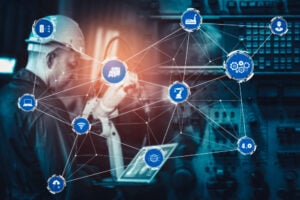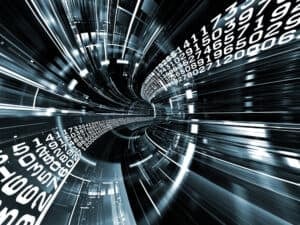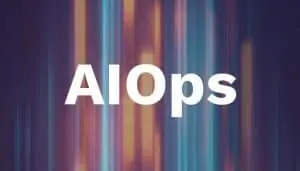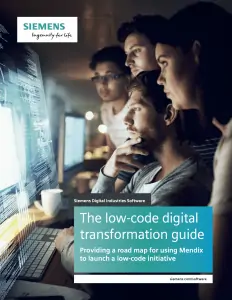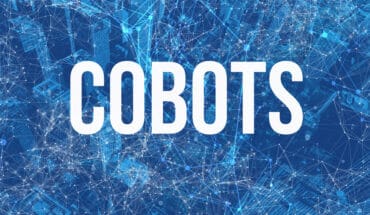
As AI systems become more central to how organizations operate, the ability to ensure these systems are both intelligent and reliable is increasingly important. Knowledge graphs provide a practical foundation for achieving this, offering not just data structure but semantic depth, traceability, and domain relevance.
The rich network of relationships within a knowledge graph (KGs) allows fine-tuned LLMs to achieve a deeper understanding of the context of user queries and to perform more sophisticated reasoning. By connecting related data points, knowledge graphs provide a broader context that helps LLMs understand the nuances of a query, leading to more accurate and relevant responses.
Furthermore, knowledge graphs enable LLMs to go beyond simple pattern recognition and engage in logical reasoning and inference based on the explicit relationships defined within the graph. This enhanced understanding allows fine-tuned LLMs to handle more complex queries and provide more insightful answers that reflect a deeper comprehension of the domain, ultimately leading to more valuable and actionable insights from LLM-powered applications.
Injecting Domain-specific Knowledge, Enhancing Explainability & Trust
Knowledge graphs offer an effective mechanism to infuse LLMs with specialized knowledge relevant to particular industries during the fine-tuning process. By incorporating domain-specific ontologies and data from knowledge graphs, LLMs can adapt to industry-specific use cases with a more profound understanding of the domain’s intricacies, terminologies, and relationships.
For example, in healthcare, leveraging knowledge graphs with GenAI can lead to a better understanding of patient data and the development of precision medicine frameworks. Organizations can gain a significant competitive advantage by creating highly specialized LLMs tailored to their unique needs and domains by utilizing their internal knowledge graphs for fine-tuning, enabling the development of AI solutions deeply embedded in their specific knowledge landscape. LLMs that are fine-tuned using knowledge graphs can provide more transparent and traceable reasoning, leading to increased user trust in their outputs.
KGs can offer citations and reasoning paths, making the AI’s decision-making process more understandable. For instance, a KG can provide citations and the underlying reasoning, thereby making AI more transparent and trustworthy. The ability to explain how an LLM arrives at its answers is particularly important for fostering user adoption, especially in regulated industries. Knowledge graph-enhanced fine-tuning contributes significantly to this explainability by providing a structured and traceable source of knowledge.
See also: How Knowledge Graphs Make LLMs Accurate, Transparent, and Explainable
Reaffirming the Strategic Imperative of Knowledge Graphs
The integration of knowledge graphs and GenAI offers a multitude of benefits for organizations. Beyond the newly established advantage of superior LLM fine-tuning, there are ten other compelling benefits knowledge graphs provide in the age of GenAI:
1) Improved Data Integration and Unification: Knowledge graphs excel at connecting and harmonizing data from various disparate sources, providing a unified and comprehensive view of an organization’s information landscape.
2) Enhanced Search and Discovery: Knowledge graphs enable more intelligent and context-aware information retrieval, allowing users to find relevant data more efficiently and effectively.
3) Better Decision-Making: By offering a holistic perspective on interconnected data, knowledge graphs empower organizations to make more informed and strategic decisions based on a deeper understanding of complex relationships.
4) Personalized Experiences: Knowledge graphs facilitate the creation of tailored recommendations and personalized interactions by analyzing user preferences, behaviors, and the intricate connections within the data.
5) Improved Data Quality and Consistency: Knowledge graphs aid in identifying and resolving inconsistencies across various data sources, leading to a higher level of overall data quality and reliability.
6) Enhanced Business Intelligence and Analytics: Knowledge graphs enable a more profound analysis of complex relationships within data, uncovering hidden patterns, trends, and valuable insights that might be missed by traditional analytical methods.
7) Streamlined Data Governance and Compliance: Knowledge graphs provide a structured framework for managing and controlling data, ensuring adherence to relevant regulations, policies, and industry standards.
8) Scalability and Adaptability: The flexible schema of knowledge graphs allows them to evolve and adapt to changing business needs and newly identified relationships without requiring significant rework, making them highly scalable and maintainable.
9) Improved Efficiency and Automation: By providing a structured and semantically rich knowledge base, knowledge graphs can streamline various business processes and automate tasks, leading to increased operational efficiency and reduced manual effort.
10) Enhanced Explainability of AI Systems: Knowledge graphs provide clear and traceable reasoning pathways, making the decision-making processes of AI systems, e.g., GraphRAG, more understandable, interpretable, and ultimately more trustworthy for users.
Creating a Practical Foundation for Smarter AI
As AI systems become more central to how organizations operate, the ability to ensure these systems are both intelligent and reliable is increasingly important. Knowledge graphs provide a practical foundation for achieving this—offering not just data structure but semantic depth, traceability, and domain relevance.
When paired with the generative power of LLMs, they shift AI from being purely reactive and probabilistic to being more context-aware, explainable, and aligned with real-world needs. Knowledge graphs not only optimize today’s models—they build the infrastructure needed to support more meaningful, accountable, and adaptive AI in the long term.










